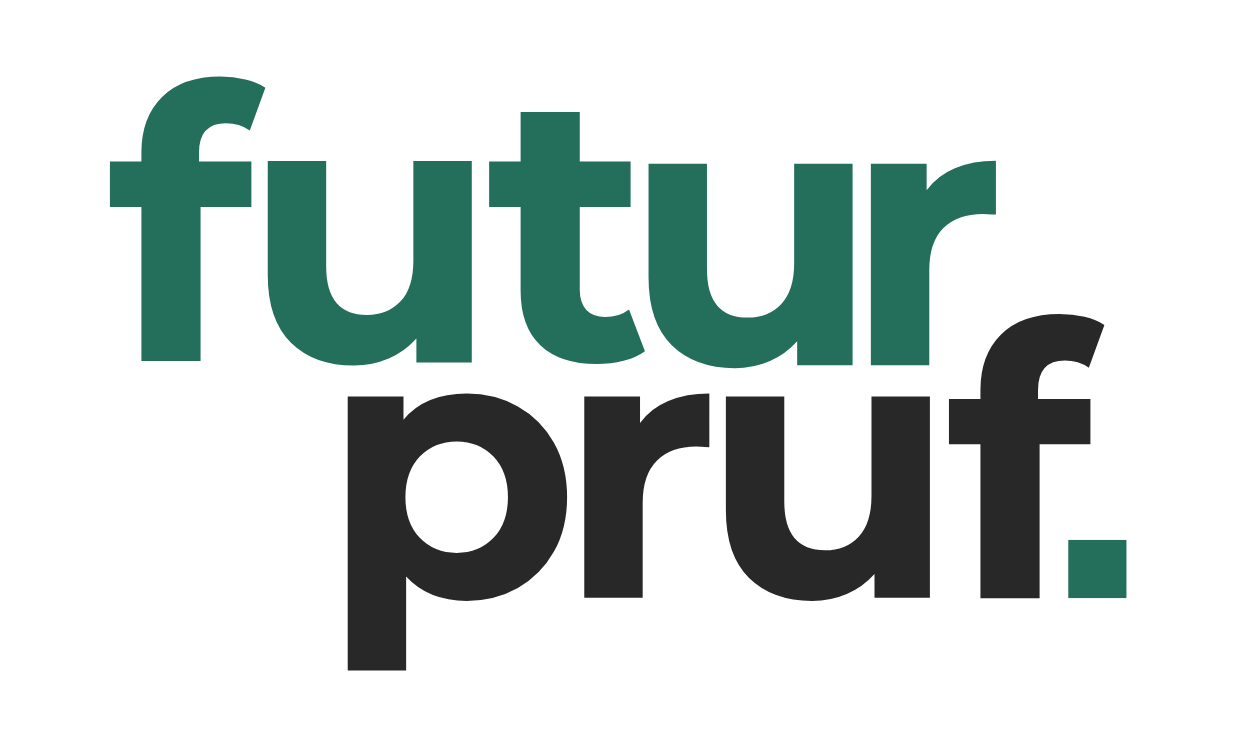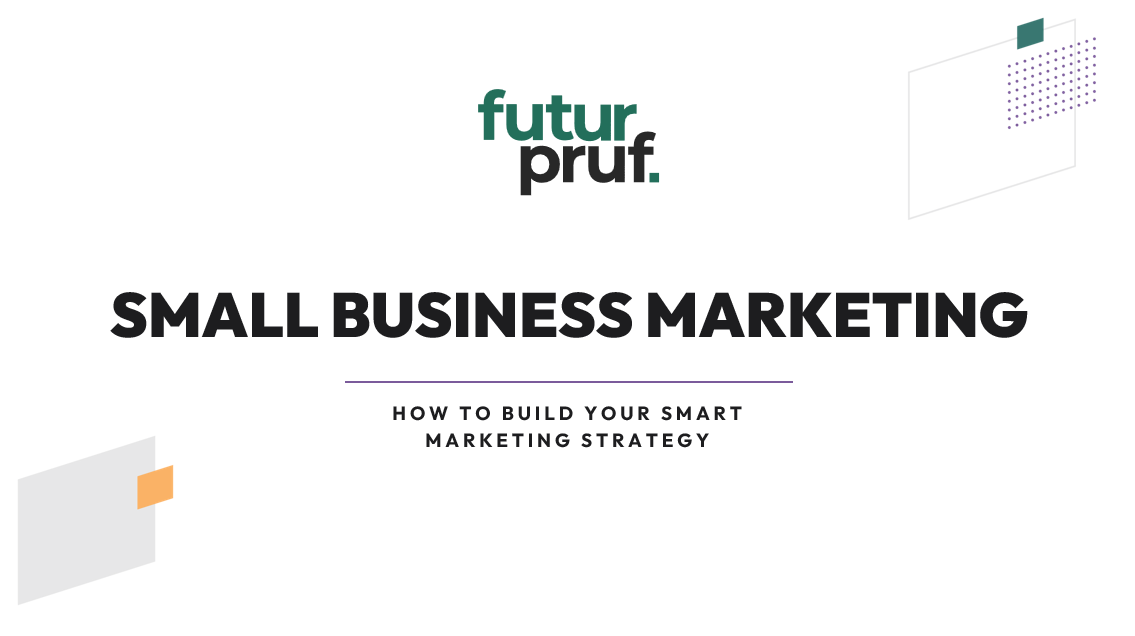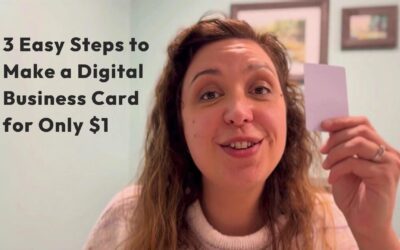Most businesses know they should be doing some sort of marketing. Business owners, being busy people, tend to choose marketing activities that feel the most natural to them or are easiest to squeeze into their packed schedules.
But what if you, as a business owner, are different from your buyer, even in small ways such as age or personality? And as you know, marketing is changing at the speed of AI so it’s hard to keep up with the latest developments in marketing technology.
You need to be intentional about your marketing, to make sure it’s driving the results you want. There should be three key parts to your marketing strategy: Understanding, Reach and Conversion. Taking care to build a small business marketing strategy that includes each of these will greatly improve your return on investment (ROI).

Understanding Your Target Audience, Especially Your Buyers
The first part of a strong small business marketing strategy, Understanding, involves documenting detailed information about your target market.
What is a target market? A target market is a specific group of people who are most likely to be interested in your product or service. Understanding your target market helps you tailor your marketing efforts to reach the right audience and increase your chances of success.
You can reverse engineer an understanding of your target market by assessing your current buyers. Who buys from you the most? Who is easiest to sell to? Which customers buy the products or services that are most profitable for you?
Then, be nosy and ask your buyers questions. What prompted the purchase? How did they hear about you?
You’re going take all of this information and look for patterns in age, gender, where they live, their education, job, do they have a family, what’s their style, personality, etc.
Let’s take a small town toy store, such as Brighten Up, as an example. Maybe it turns out that they get the most profit from working parents, specifically older moms who care about the environment and raise their kids in a Montessori way. Let’s remember this as we head into the next part of our marketing strategy, Reach.
Reach: Getting in Front of Your Buyer
The Reach part of a small business marketing strategy is about getting in front of the target audience that you now understand deeply. The patterns you identified in the first phase will now allow you to draw conclusions about where, when, how, and what to communicate with your audience.
You can look at four factors as part of your small business reach:
- Channels: Where is your target audience hanging out, both offline and online? We call these marketing channels and you can scroll down for a deeper dive into this topic.
- Timing: When are your audience considering buying? Not just time of week and day, but what triggers them to make a purchase? Knowing when to deliver your message can be just as important as where.
- Brand: What personality, style and tone signals resonate most with your buyer? Developing a consistent brand that is designed with your audience in mind will ensure your likeability with them, which impacts how well your message is received.
- Value: And finally, what is your message? Is it all about you? Is it delivered with sufficient context such that they can easily connect that the message is for them? Is the value clear?? So many businesses fall short in this last one in particular.
Being Strategic with Marketing Channels
Factors such as your pricing, how aware buyers are of your type of product or service, how general your audience is, and how easy it is to identify and get in front of them all have an influence on which marketing channels you should be leaning into. Whether it’s social media, building a strong organic online presence, getting referrals, hosting events, doing Google ads, and a million more, all of these are determined by your understanding of your buyer audience.

Remember our Brighten Up example? The ideal buyer was a working parent, which means they probably don’t have as much time as stay-at-home parents to visit play centres and host play groups. So rather than putting up a sign at the local community EarlyON centre, they may need to think digital (email and social media) or word of mouth. Brighten Up’s target (in our example) is also older moms, which means they’re more likely to be on Instagram and Facebook than on Twitter or Snapchat. Maybe joining the local moms’ Facebook group and posting a monthly Montessori toy promo would get them excited. This is just one example to show how your marketing reach strategy needs to be developed from a good understanding of the people you need to reach the most.
Conversion: Turning Marketing into Sales
Now, once you reach your target audience, it’s not enough to just say “here we are” and hope the sales come rolling in. You need to prompt change, and change is hard.
Every business should pull four levers to ensure you’re converting your audience into a sale:
- Build trust – One way to do this is by collecting what we call social proof, as in, customer reviews. Display these reviews and testimonials, as well as any awards or data evidence you have for your company or its products or services.
- Nurture your audience – Most people in your target marketing won’t be ready to make a purchase now, but you can continue to be intentional about delivering high-value messages that develop their familiarity and trust, making you top of mind for when they are ready.
- Call to Action – It seems silly, but you need to prompt people with next steps with each message you share. This is called a Call to Action, and it can often result in a higher conversion rate.
- Sweeten the Deal – And finally, incentivize people to buy now with a time-limited deal, or bundled offer. Most businesses are aware of this one and do this pretty well.

In our Brighten Up example, Amazon unfortunately is a hard habit to break when you want people to come in store. Brighten Up may create an email list and send them invites to free events that get them into the store, such as face painting and photos with Santa.
Bringing It All Together: Smart Small Business Marketing = Have a Clear Marketing Strategy
If you take the time to be intentional about each of the elements of a marketing strategy – Understanding, Reach, and Conversion, you’ll be able to increase the number of buyers you get without having to significantly increase the total number of people you reach.
Let’s say you work hard to understand and reach 1,000 of your ideal buyers, and that results in 100 people interested in your product/service, and 5 people who ultimately buy per quarter.
Now, if you better tailor your message and channel strategy, you can increase the number of people interested. That immediately should result in more sales, but don’t stop there. If you also incorporate some of those conversion tips, now you can further increase the number of people who actually buy from you. So, without reaching any more people, you’ve now increased sales by 240%!
This is the power of smart small business marketing strategy.
Would you like support in creating a smart marketing strategy for your small or midsize business? Give us a shout to book a no-charge intro call.


